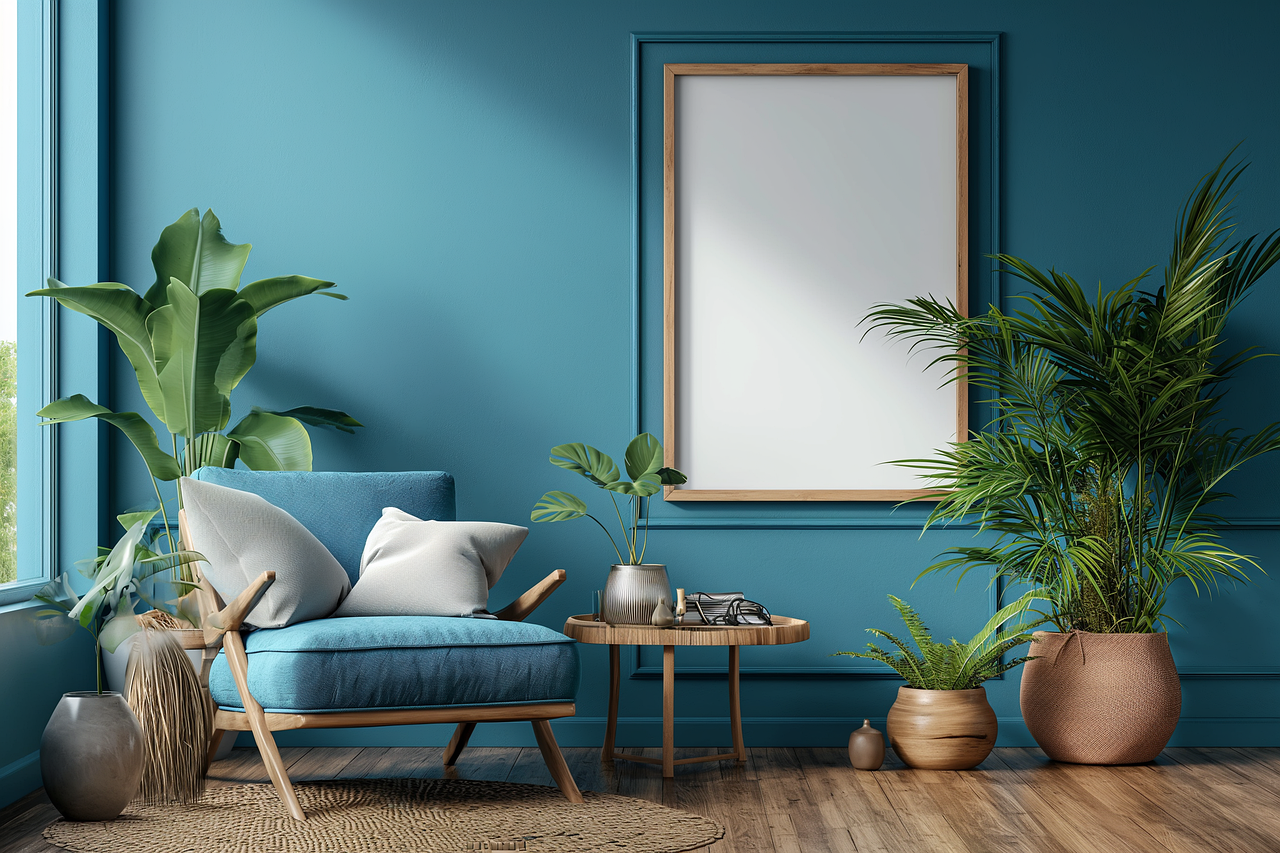In today’s fast-paced, tech-driven world, almost every industry is being reshaped by the power of artificial intelligence—and real estate is no exception. Among the most exciting innovations is Virtual Staging AI, a tool that’s quickly becoming a must-have for real estate agents, property developers, and homeowners looking to sell or rent properties faster and more efficiently.
But what exactly is Virtual Staging AI, and how is it revolutionizing real estate marketing? Let’s dive in.
What is Virtual Staging AI?
Virtual staging is the process of digitally furnishing empty homes or properties using software. Instead of physically moving furniture and decor into a space, high-quality photos of the property are enhanced by adding virtual furniture, artwork, rugs, and more—making the space look appealing to potential buyers or renters.
Now, Virtual Staging AI takes this concept to a whole new level. Thanks to artificial intelligence, staging can be done faster, smarter, and more realistically. AI-powered platforms analyze a property’s photos and automatically suggest or place furniture and decor that match the style, layout, and lighting of the space. The results? Stunning, lifelike images that give buyers an instant emotional connection to the property.
Why Traditional Staging Is Falling Behind
Traditional staging has been around for decades. While it’s effective, it’s also expensive, time-consuming, and limited. You need to rent furniture, hire movers, set up the space, and possibly even store items—all of which cost thousands of dollars.
Not to mention, once you’ve staged a room physically, changing the style requires even more effort and money. In today’s digital-first world, buyers browse listings online before ever stepping foot inside a property. Your listing photos must capture their attention within seconds, and that’s where Virtual Staging AI shines.
The Benefits of Virtual Staging AI
1. Cost Savings
One of the most appealing advantages of Virtual Staging AI is how affordable it is. While traditional staging might cost anywhere from $1,500 to $5,000 or more, virtual staging typically costs between $20 and $100 per image. For agents managing multiple listings, this can save thousands of dollars over time.
2. Faster Turnaround Time
Physical staging can take days or even weeks to arrange. Virtual Staging AI can deliver fully staged images within 24 to 48 hours. You can stage multiple rooms, test different design styles, or make changes quickly—all without lifting heavy furniture.
3. Unlimited Customization
With Virtual Staging AI, you’re not limited to one design. Want to try a modern minimalist look for one client and a cozy farmhouse style for another? No problem. You can instantly customize furniture, wall colors, layouts, and more to match your target audience’s preferences.
4. Increased Buyer Engagement
Buyers are more likely to click on listings that show furnished, visually appealing spaces. Empty rooms often leave buyers confused about how the space can be used, while staged images allow them to imagine their lives there. Studies show that staged homes sell faster and often at higher prices than unstaged ones.
5. Eco-Friendly & Hassle-Free
Virtual staging eliminates the need for transporting, storing, and discarding physical furniture. This makes it not only environmentally friendly but also far less stressful for real estate professionals and homeowners alike.
How Virtual Staging AI Works
The process is surprisingly simple:
- You provide high-quality photos of empty rooms.
- The AI-powered software analyzes the room’s dimensions, lighting, and structure.
- You choose the style or theme you prefer (modern, classic, luxury, etc.).
- The AI generates realistic staged photos, often within 24 hours.
- You receive ready-to-use images to upload to your property listings.
Some platforms even allow easy revisions if you want to tweak designs or test different furniture layouts.
Real Success Stories
Many real estate professionals have seen tremendous success with Virtual Staging AI. One case involved a property that sat on the market for three months with minimal interest. After virtually staging the rooms, the listing’s views doubled, inquiries increased, and the property sold within two weeks.
Another example is rental properties. Virtual staging AI helps landlords quickly market units with appealing visuals without the cost of staging each new rental.
Addressing Misconceptions
Some skeptics argue that virtual staging might mislead buyers. However, as long as the listing clearly states that the images are virtually staged, it’s a transparent and ethical practice. Buyers still get to see the empty space during in-person visits, but now they have a clear idea of the room’s potential before walking in.
The Future is Virtual
The real estate market is more competitive than ever, and first impressions are everything. Virtual Staging AI is no longer just a cool tool—it’s quickly becoming an industry standard. It empowers agents and property owners to showcase properties in the best light, attract more buyers, close deals faster, and save significant money in the process.
If you’re not already using Virtual Staging AI, now is the perfect time to start. The technology is affordable, efficient, and incredibly effective. It’s the future of real estate marketing, and those who embrace it will stay ahead of the curve.

